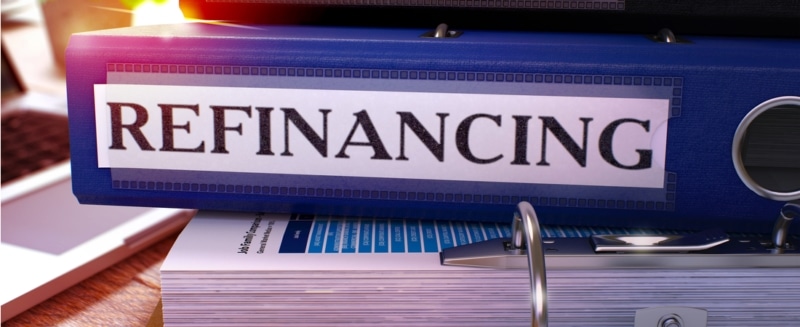Ilyce Glink talks about how we have the lowest mortgage rates in history and what this means for the economy.
It’s difficult to believe that mortgage interest rates are now officially at the lowest point in history.
Or, at least history as defined by the Freddie Mac, which has been keeping track of 15-year fixed rate mortgages since 1991, or 22 years ago.
In its weekly survey of national primary mortgage market interest rates, Freddie Mac found that the 15-year rate dropped to 2.56 percent. The 30-year rate stayed just above its all-time record low at 3.35 percent, or just a smidgen above the all-time record low set in 1971, some 42 years ago.
What does it say about our economy that mortgage interest rates are at the lowest point since 1971?
Do you remember where you were in 1971? That year, the U.S. had come off the highest inflationary year since the Korean War stated, and as the year continued, inflation rose, taxes increased and so did the unemployment rate.
In August, then President Richard Nixon announced a freeze on all prices and wages in the United States. “The time has come for decisive action, action that will break the vicious circle of spiraling prices and costs. I am today ordering a freeze on all prices and wages throughout the United States for a period of 90 days. I am relying on the voluntary cooperation of all Americans, each one of you — workers, employers, consumers — to make this freeze work. Working together, we will break the back of inflation.”
President Nixon thought he had found a way out. But by 1973, thanks to the oil embargo, the U.S. was deep into a tough recession that lasted until 1975 and featured stagflation, a combination of high unemployment and high inflation.
This time, our economic malaise looks a lot different. We have had extremely high unemployment, but low inflation. Some economists are saying we are entering an era of deflation, when prices go down, instead of up.
Our unemployment rate is dropping, but that seems to be because so many people have thrown up their hands and left the job market permanently. The labor participation rate is at the lowest point in several decades; with some 3 million fewer Americans employed than before the recession began in 2007. About 12 million Americans are out of work, nearly half for six months or longer.
Millions of Americans have refinanced their mortgages, freeing up anywhere from $200 to $750 per month. That money has gone back into the economy, and is quite possibly the only thing keeping the U.S. from slipping back into recession, even as the economies of Europe are seeing unemployment rates as high as 27 percent (Spain) and recessions that are now 7 quarters long.
The Federal Reserve Bank announced this week and it intends to keep buying mortgage back securities at roughly $85 billion per month, and will increase that amount if inflation and unemployment rates do not hit their targets.
What does this mean to you? If you haven’t refinanced, go out and bag a great loan at a great price. If you’re thinking about moving and need a different or bigger home for your growing family, go for it because your dollars will go further. And if you want to buy investment property, we’re at the end of the best time in a generation, since the country’s bankers have now worked through more than half of all foreclosures and prices appear to be rising.
While mortgage rates may bounce along at the bottom, there’s an intention to keep them this low, or nearly this low, for an extended period of time – at least through 2013. What happens next year is anyone’s guess.







Leave A Comment